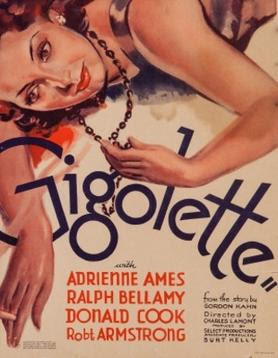How We Learn Language?

Are we born with the capacity to speak a language? Or do we learn exclusively through imitation? This is a quick guide to three key theories Behaviourism Sees language as the product of our interaction with our environment. We learn it like any other skill through imitation and practice. Important aspects of the theory are: reinforcement (positive and negative), repetition, small sequenced tasks and consistency. Many educational policies are based on social interactionism - a more nuanced variant of behaviourist theory. Social interactionism focuses on the relationship between the learner, his/her environment and the context under which learning occurs. Key Theorist : BF Skinner Key term: operant conditioning : Put crudely, rewiring the brain to offer reward for successful language acquisition. Skinner saw this as a kind of mechanical process with four elements: motivating operations, discriminative stimuli, response, and reinforcing stimuli. Strengths : some language elements -



